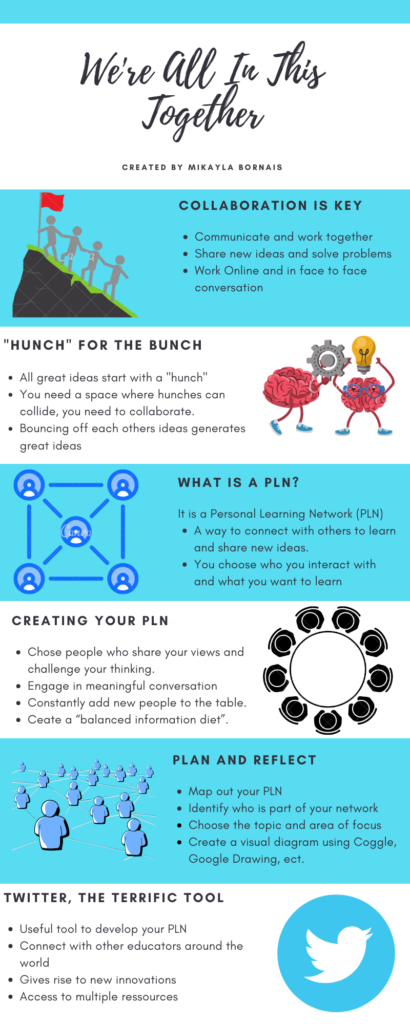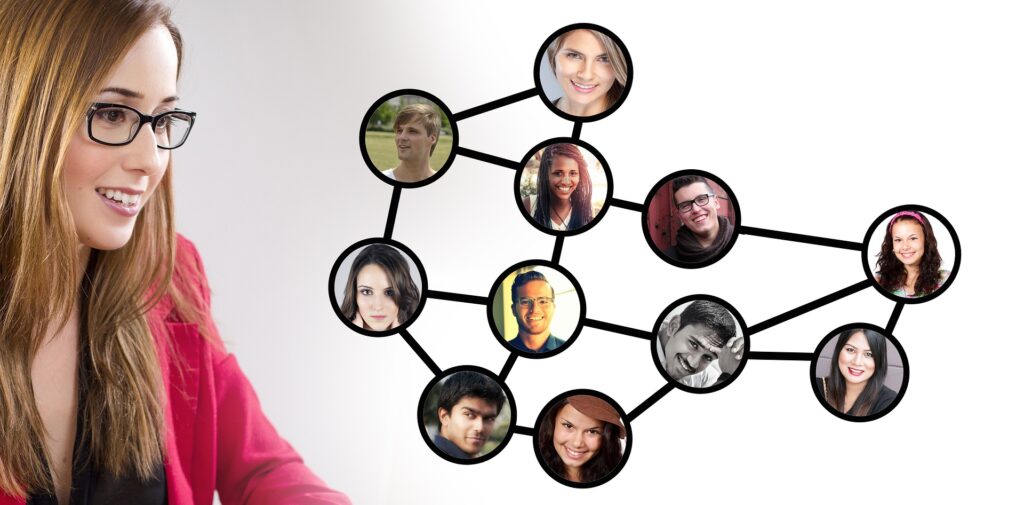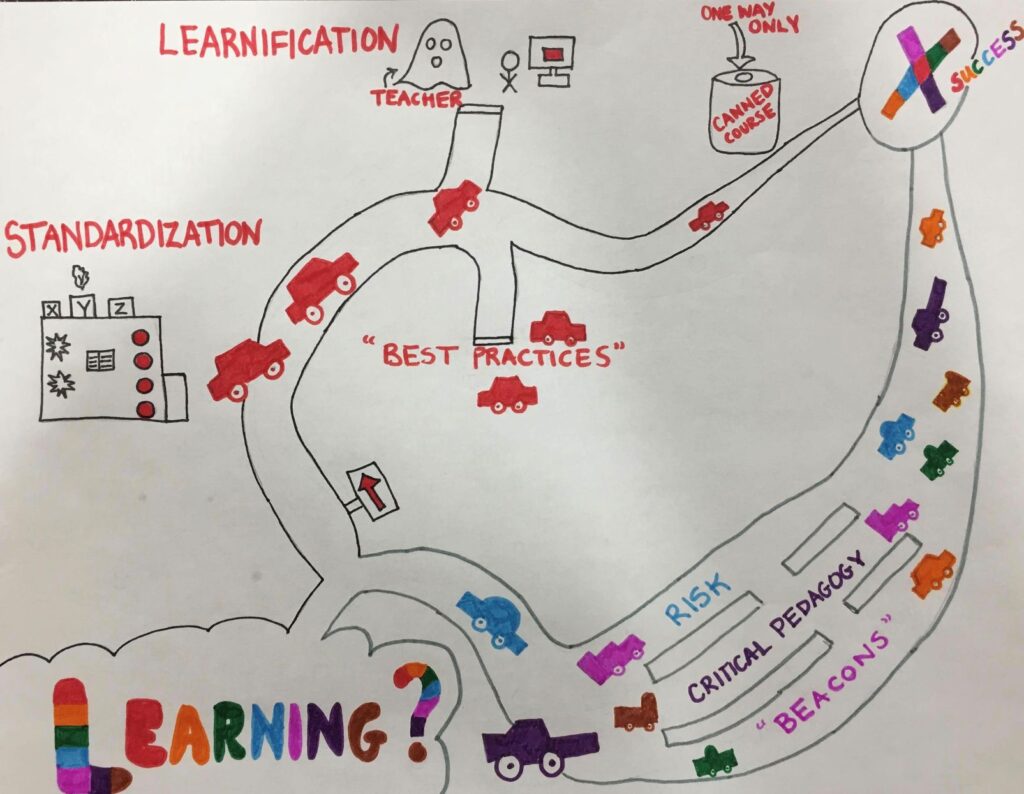Have you ever worked on a presentation or research paper but can’t seem to find the missing pieces to your idea? Guess what, there is a solution and that is Collaboration. Collaboration allows you to communicate and work together with others to share new ideas and solve problems. Through my infographic via Canva, I was able to summarize the Collaborator Module created by Ontario Extend. This module explains in four sections; Explore, Engage, Extend, Empower, how to effectively collaborate as an educator. In other words, “We are all in this together”.

The first section of the module is explore which explains the importance of collaboration. Steven Johnson shares his philosophy on good ideas in terms of “hunches”. A hunch is the starting of a good idea and it is through coming together that collectively you can find the missing piece needed to develop a great ideas. This can be compared to the saying “two heads are better than one”. As a beginning teacher, you enter into this new world and it can be very stressful and scary. However, I found that in collaborating, I was able to learn from other teachers experiences when it comes to discipline, organisation, flexibility, etc. I also found it very useful when designing a lesson, I was able to build upon others ideas instead of reinventing the wheel.

It is our job as educators to explore the different resources that we have to our disposable specifically the wide variety of information we can find online. This also means that unlike before, we now have the power to not only collaborate face-to-face but through social media and texts. Alec Couros explains the value of Twitter as a collaborative tool and the importance of familiarizing ourselves with the hashtags such as #EdChat, #SciChat to stay connect. As a first time Twitter user, the platform has been a valuable resource for me to expand my knowledge and communicate with other educators in my discipline. On numerous occasions, I have had the opportunity to see the papers my colleagues have written and read about their pedagogical journeys. In fact, I met a colleague when doing research in Costa Rica and through social media I am able to keep in contact with him and bounce ideas for future research.
A Personal Learning Network is a mean for connection with other educator via face-to-face communication or online. When creating a PLN you decide the who, what, when, where, why and how. To be more specific, you choose if you want to “lurk”; read others posts or “share”; express your thoughts and opinions. A benefit about a PLN is that the people who you connect with are also associated with other individuals with different knowledges and backgrounds. A PLN is also tailored to your personal interests. M. Lalande explains that his PLN is focused on development in education and therefore he has selectively chosen other individuals who discuss topics such a didactics, pedagogy and tech. When designing my PLN, I would include individuals who’s opinion I value. This would include members of my research lab, influential teachers and professors as well as fellow teacher candidates. I would also include members of the opposing view to ensure that my knowledge is not bias and one sided. I would focus on the topic of science and technology as well as student engagement. I would therefore choose to interact with individuals who have done biology lessons while incorporating the use of technology. I would also have the opportunity to learn from the experience of other teachers with regards to keeping students engaged during class.

Creating a Personal Learning Network takes time and work. Similarly, to teaching, you need to take the time to explore creative way to teach you students, engage with your students and strengthen your connections to build that student-teacher relationship. Howard Rheingold proposes an eight-step process which includes the following when cultivating your PLN: explore, search, follow, tune, feed, engage, inquire and respond. In summary, Rheingold suggests that we must start by getting a sense of the field we are working in and the experts of that area. Once we are informed, we can interact with others. The last couple steps are to both share our ideas, question others and respond to inquiries relating to our work.

Eli Parser reminds us that the information we encounter online can be bias and tailored to our search history without our recollection. He warns us that when creating our PLN we need to “Beware of the Online Filter Bubbles” and keep in mind who we are engaging with. He suggests that we should not only connect with people who support our ideas and findings but search for information outside our discipline and opinions. When teaching, we must be aware that we bring biases to the table and that they can come out in our lessons. It is therefore important to have an open mind and provide students with a variety of sources so that the information they are receiving is not one-sided.

Lastly, the module reminds us about the importance of reflecting on our PLN, making improvements and mapping out our future connections. This parallels one of the many hats we wear as teachers. A good educator must reflect upon their lessons and looks to see what went well and what they can do to improve their lesson in the future. When reflecting on your PLN, it is important to identify the “nodes” on your diagram. In using tools like Google Drawing and Coggle you have the ability to visualize the names of the people you connect with, their role and the relationship you have with those nodes.
In conclusion, I think this module did an excellent job at introducing the idea of Personal Learning Networks. I believe that this skill is very valuable and could potentially be introduced in the careers course in high school so that students can start to create their PLNs. As educators, I think we need to take advantage of the connectivity we have online and share our ideas and resources to both improve and discover great ideas.









